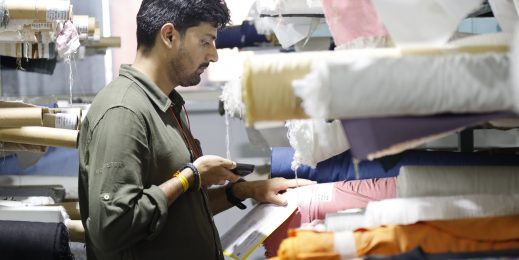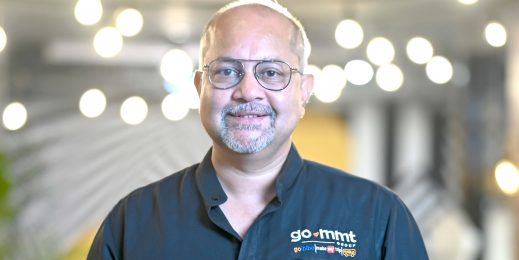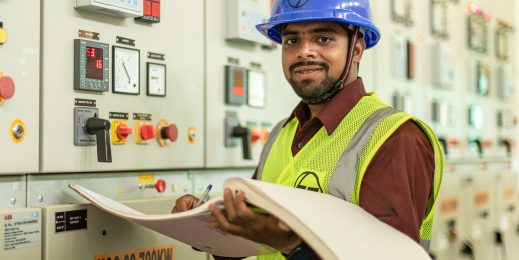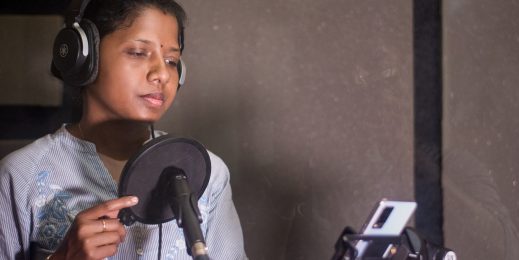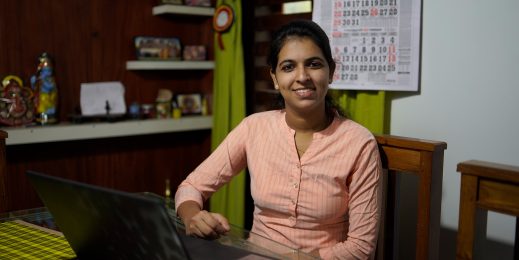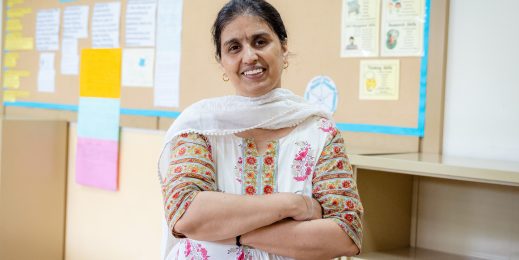
Pushing the boundaries of technology by making it more inclusive and accessible
People with disabilities make up around 15% of the world’s population. However, they still face challenges with accessibility in our society. On the occasion of International Day of Persons with Disabilities, Venkatesh Potluri, a Research Fellow at Microsoft India who has an incurable vision impairment, talks about the growing importance of an inclusive and accessible environment and his vision of improving the experience of developers who are blind or have low vision in Integrated Development Environments (IDEs).
I’m a Research Fellow at Microsoft India, and the world of technology and its benefits are not alien to me. Thanks to my parents, I got my first stint with technology at eight, through a computer. Now, this might not seem like something unusual for anyone raised in today’s world, and may not even be unique. But to me it was the first day my eyes were truly opened to the possibilities of what could be.
I’ve had an incurable visual impairment, which was diagnosed when I was three-months-old. The computer was equipped with a screen reader, making learning a lot more easier and simpler. Throughout my childhood, I kept trying to devise ways to use regular objects as assistive technology. For instance, the way I understood geometry was by touching figures constructed by sticking matchsticks and thread on paper.
“Technology has come long way since, and when built with the right intent, it can empower people to do anything that they like.”
As time progressed, the more technology advanced, the more learning opportunities opened up to me. Technology has come long way since, and when built with the right intent, it can empower people to do anything that they like.
I can now use a touchscreen phone through a screen reader; reply to a picture message sent on social media via the Seeing AI app, which gives me sense of what the image depicts, and reads any text on the picture, just like everyone else. Money reader, an app which can recognize currency and denominations, helps me transact easily and on my own. I can even travel on my own by using ride sharing apps. These are all exhilarating experiences for me, as they also allow me to enjoy my independence.
And though this is all great, I do strongly feel is that for technology, any technology, to be truly empowering, accessibility needs to be understood—more deeply and in more detail. And it should be part of any product, software or even architectural spaces like buildings. If accessibility is being thought of in the initial stages of conceptualization, it encourages inclusivity in all aspects. It shouldn’t be thought of as an upgrade or an add on.
I always wanted to study Computer Science, as I was very passionate about the subject. But studying a math-intensive course independently for me was not entirely possible at that time owing to technology limitations. This was perhaps why I pursued my research in computer science, focusing on accessibility and assistive technology. One of the significant challenges people with visual impairment face is accessing mathematical content. Through the research component of my course, we’ve taken a small yet significant step towards solving this.
We’ve proposed and developed techniques to render mathematical content in audio in such a way that listeners with visual impairment can understand them. Experimentation showed that using our techniques, listeners who were blind or have low vision were able to answer basic math questions with the correctness of 95%. Our work was presented in the 30th Technology in Persons with Disabilities Conference, and published at the 11th International Conference on Natural Language Processing.
I continue my work on accessibility and assistive technology through an internship with a fantastic team at Microsoft. I don’t look at this as a job but as a great opportunity to improve technology for the people with disabilities through my contributions.
“We have to make this world a better place for everybody, and we are all in this together!”
My work involves me trying to solve a challenge that I face every day and looking at a problem from the user and developer point of views. My current focus is to improve the accessibility experience for developers who are blind or have low vision using IDEs. These developers should gain the same value add or be as productive as a sighted developer when using graphical IDEs. That’s my grand vision—for technology or interactions with technology in the future to be inclusive toward people with disabilities.
This is a team effort. Even with all the research I have done so far, it still requires people who are designing these new interactions to have similar motivations and mindsets to be inclusive. After all, we have to make this world a better place for everybody, and we are all in this together!






